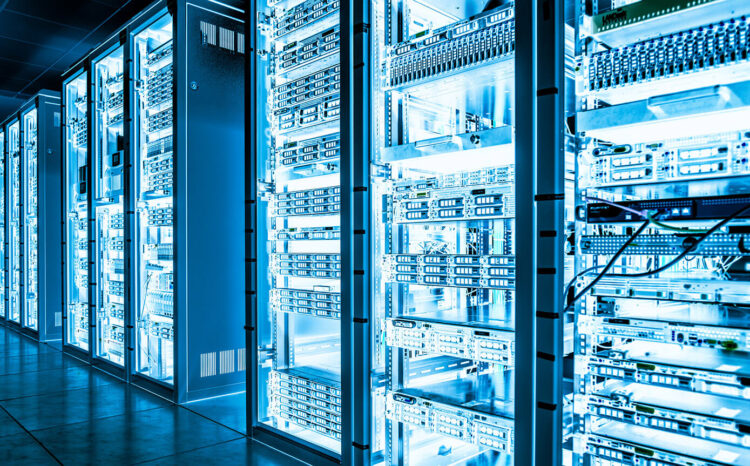A new report by International Data Corporation (IDC) underscores the urgency of the energy consumption issue, revealing that electricity is the most considerable ongoing expense for data centre operators, accounting for 46% of total spending for enterprise data centres and 60% for service provider data centres. Further, IDC expects data centre capacity, energy consumption, and carbon emissions to increase with the surging demand for AI workloads.
IDC projects AI data centre capacity to grow at a compound annual growth rate (CAGR) of 40.5% through 2027 and energy consumption at a CAGR of 44.7%, reaching 146.2 Terawatt hours (TWh) by 2027.
IDC expects global data centre electricity consumption to double between 2023 and 2028, with a five-year CAGR of 19.5%, reaching 857 Terawatt hours (TWh) in 2028.
Energy-efficient solutions

"There are many options to increase data centre efficiency, ranging from technological solutions like improved chip efficiency and liquid cooling to rethinking data centre design and power distribution methods," said Sean Graham, research director of Cloud to Edge Data centre Trends at IDC.
"But providing energy-efficient solutions is only part of meeting customer needs. Data centre providers, including cloud and colocation services, should continue to prioritize investment in renewable energy sources. By investing in renewables, they are helping to increase overall supply while helping their customers meet their sustainability goals," Graham added.
IDC posits that solar and wind power provide significant environmental advantages and the lowest levelised cost of electricity (LCOE), which reflects the average net present cost of electricity generation over a generator's lifetime.
It also recommends collocating facilities at or near the source of renewable energy generation to reduce construction costs and energy losses during distribution. This strategy not only reduces the environmental impact of data centers but also enhances overall efficiency and sustainability. Moreover, it improves resiliency by removing grid reliability issues, ensuring a more stable and reliable energy supply for the data center.





